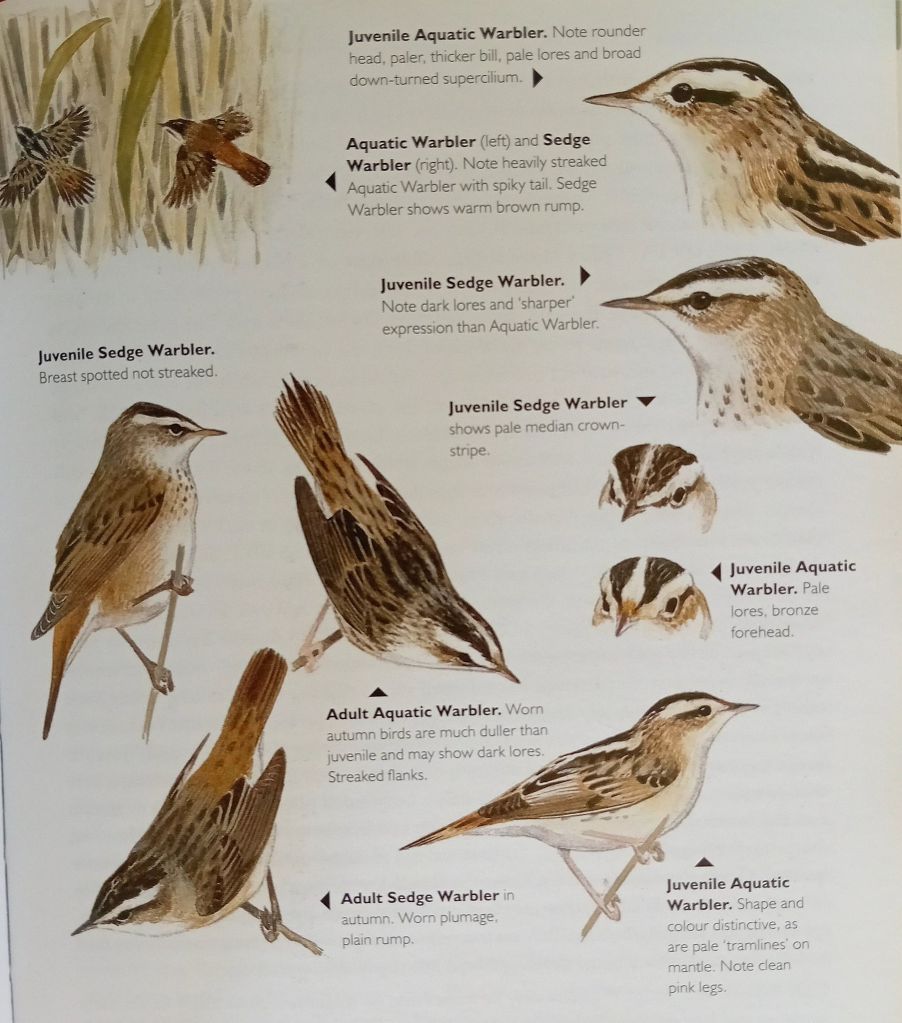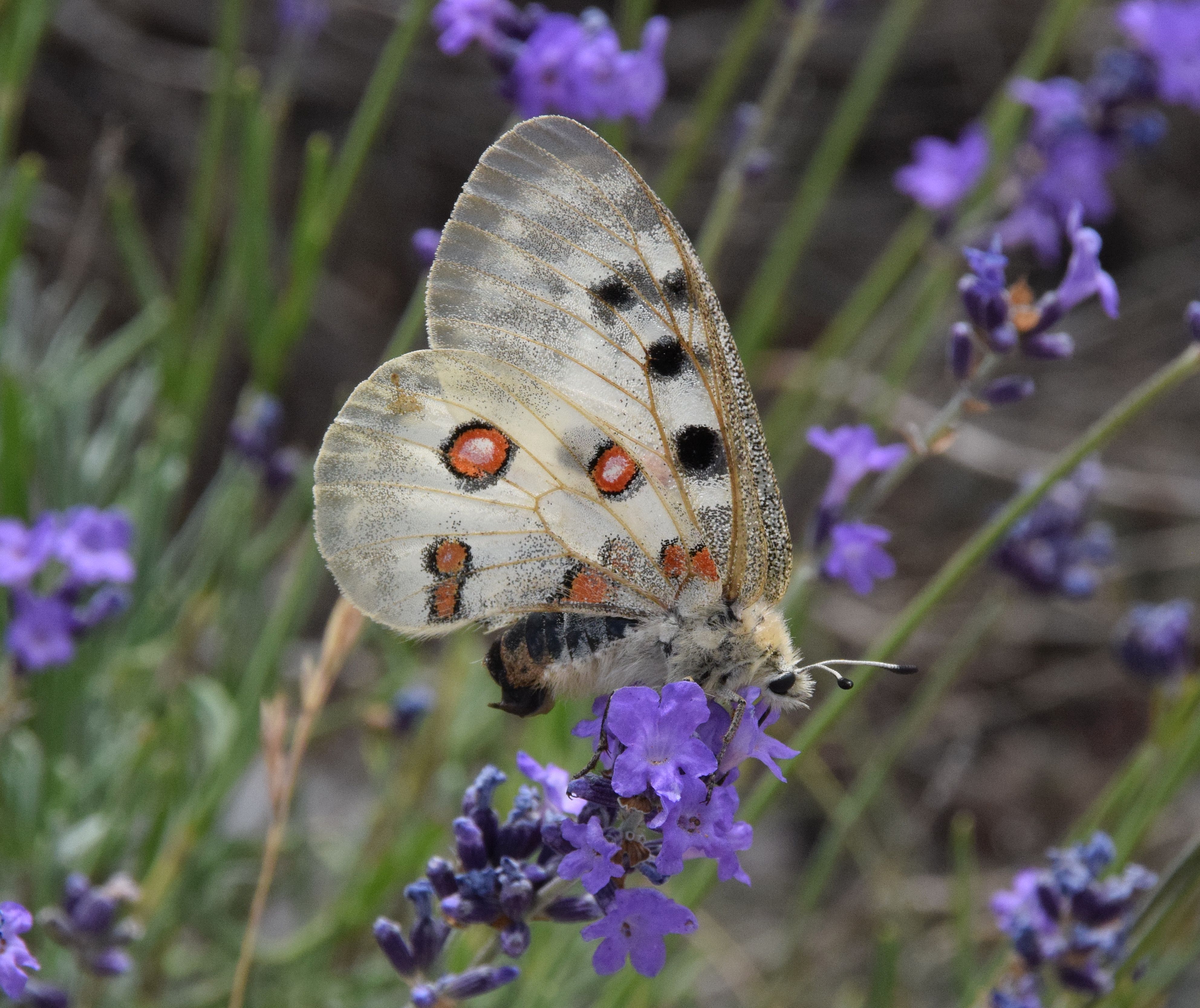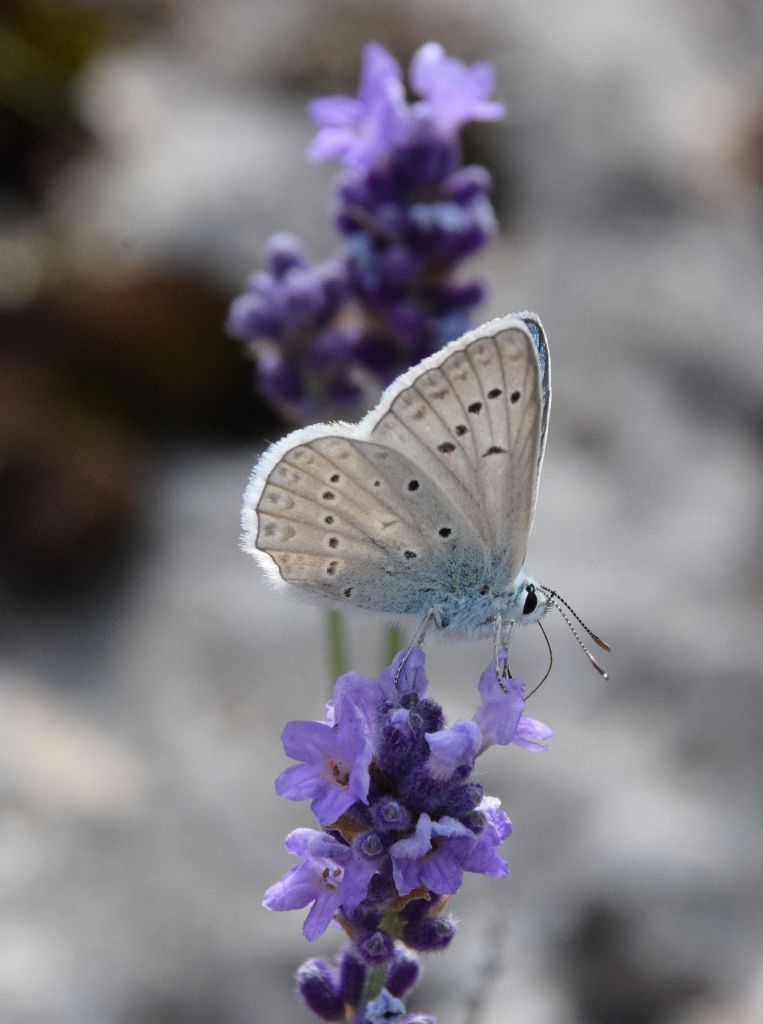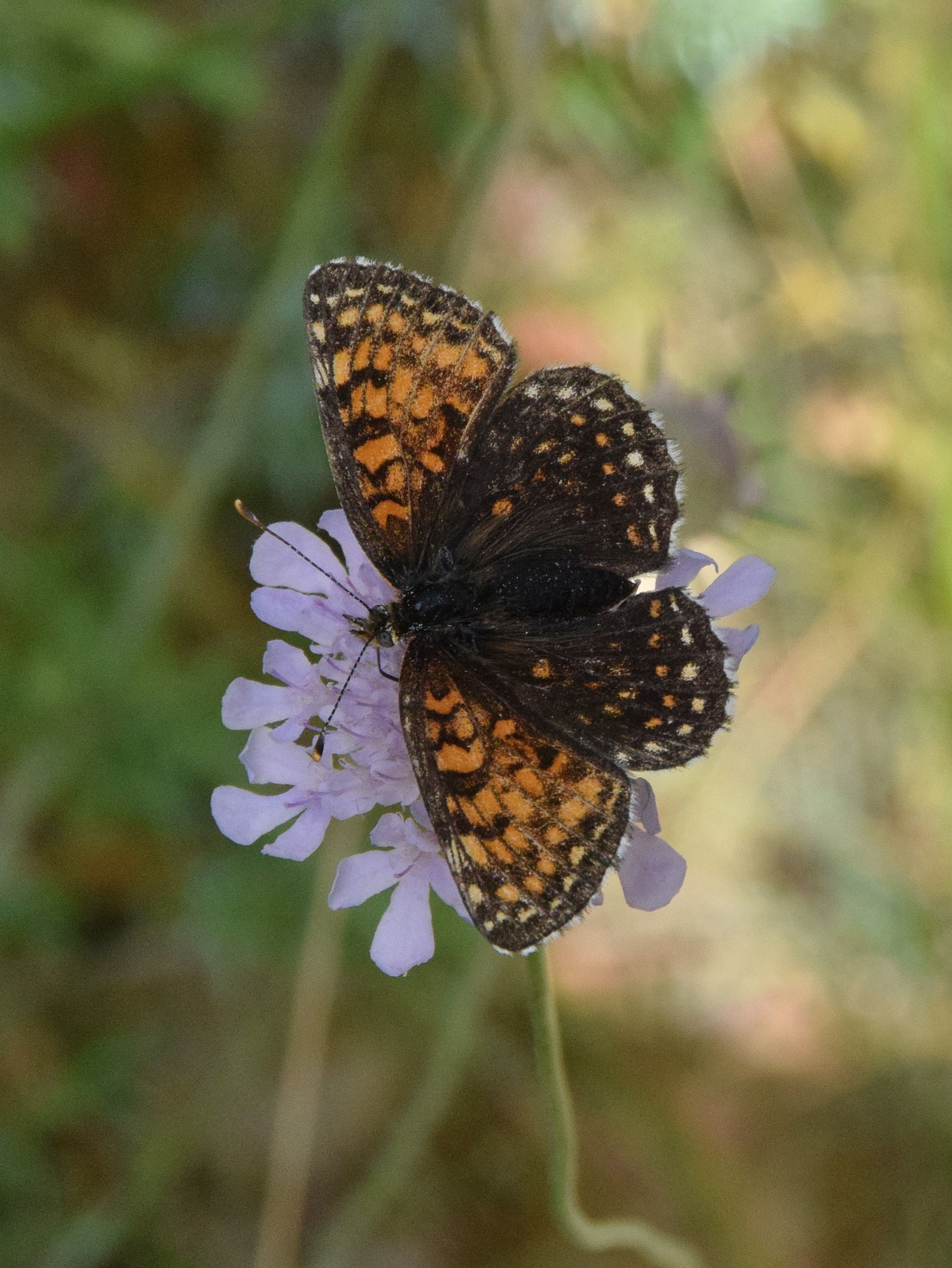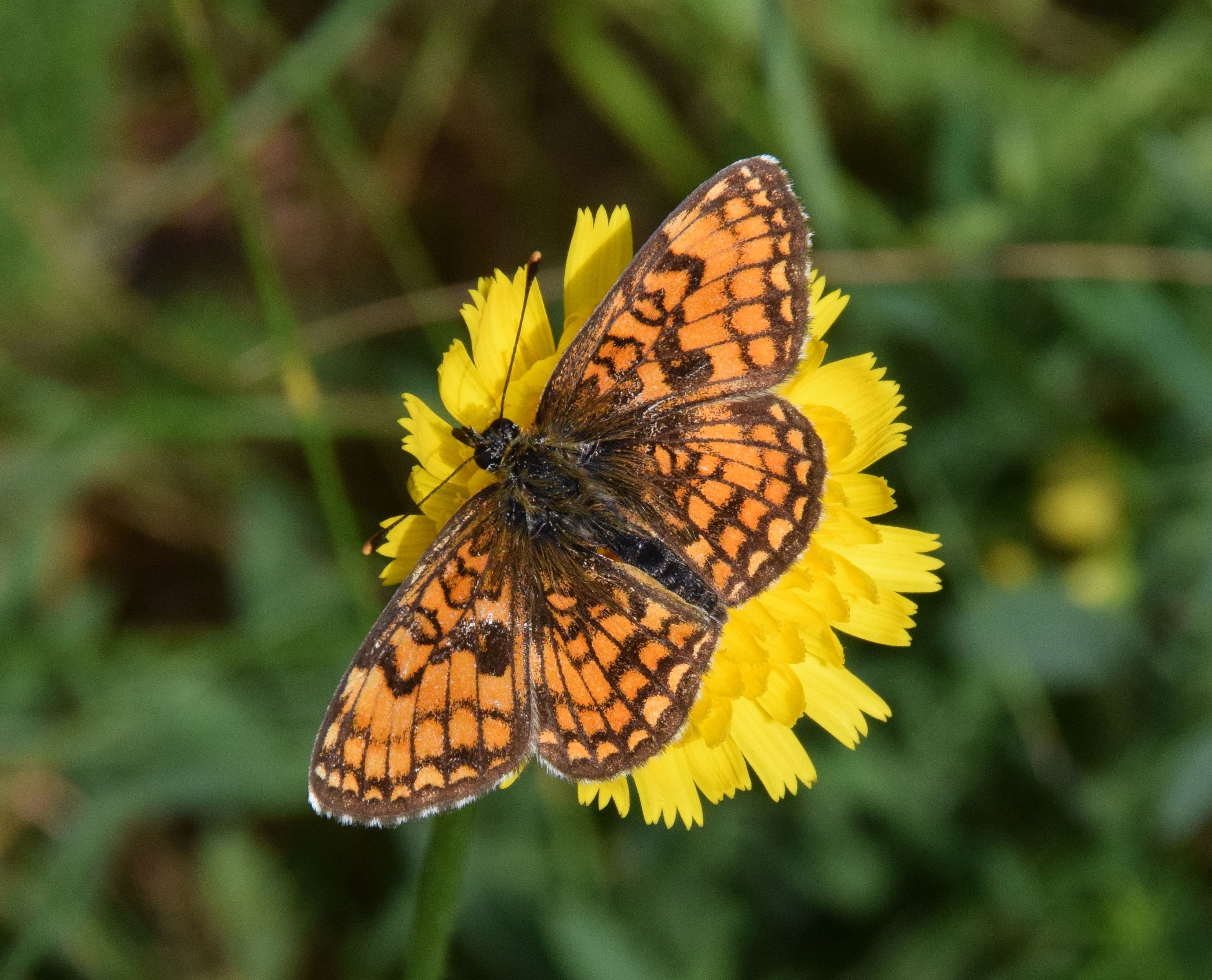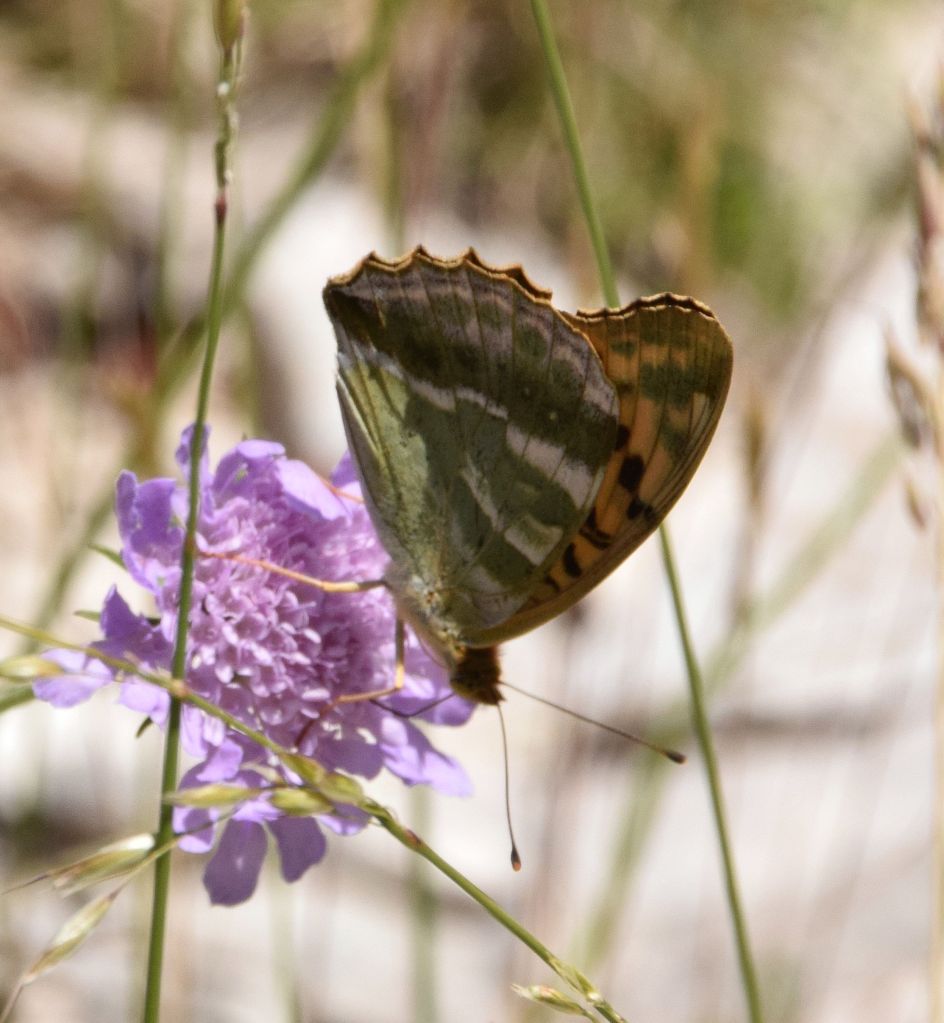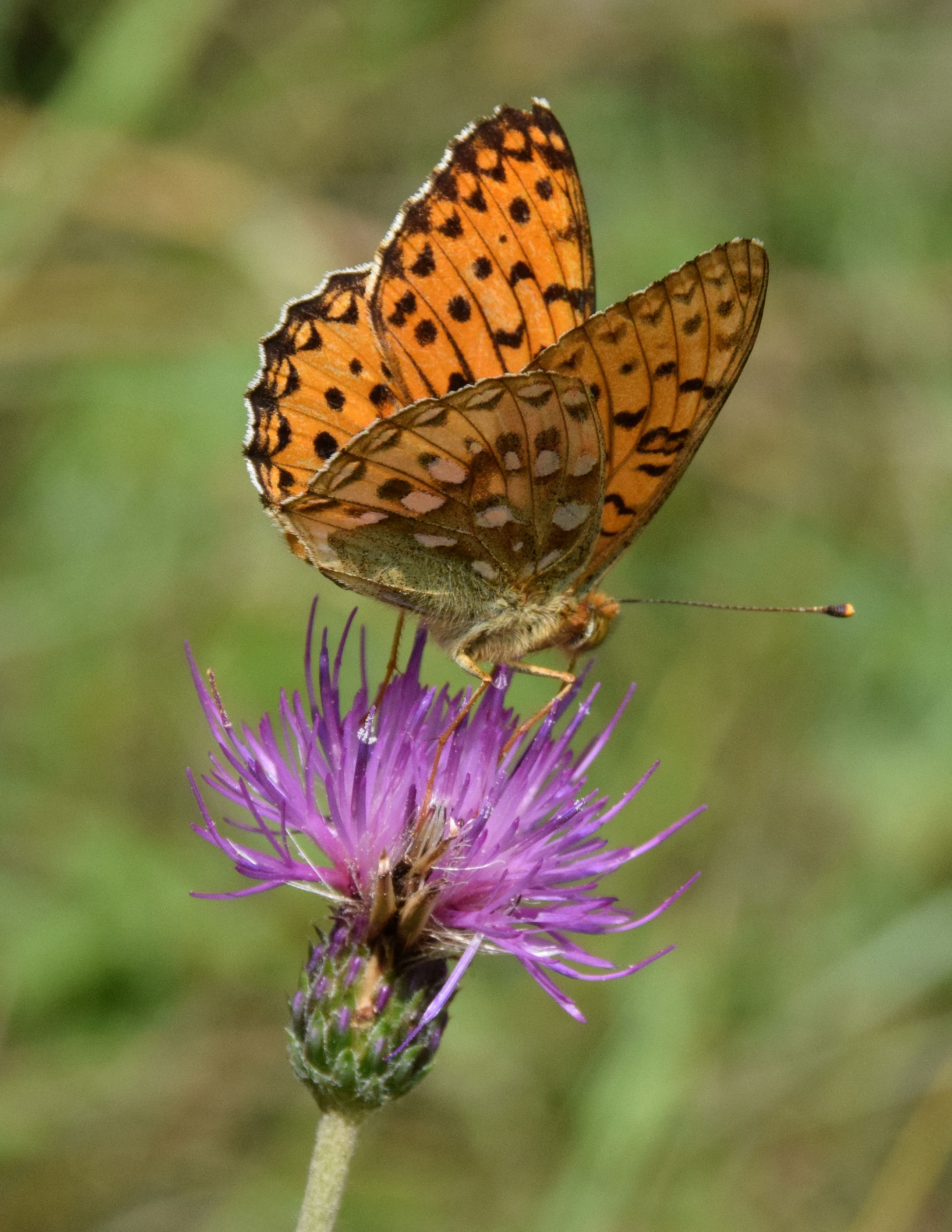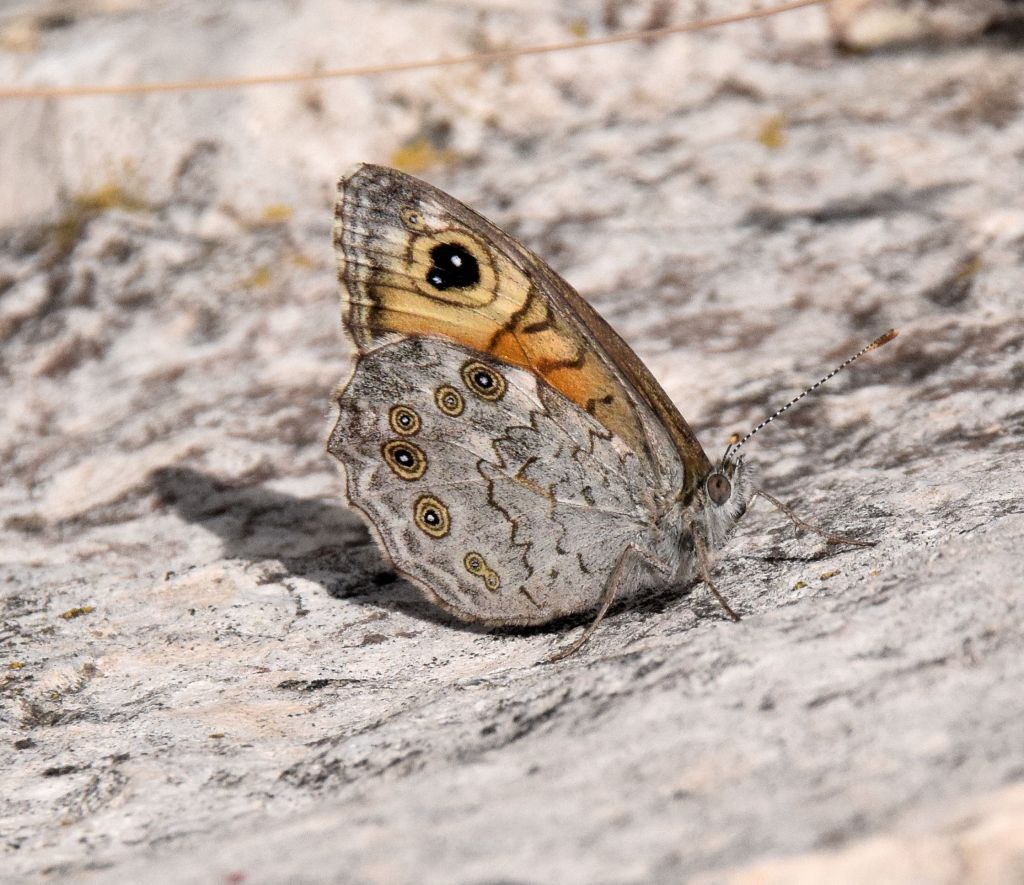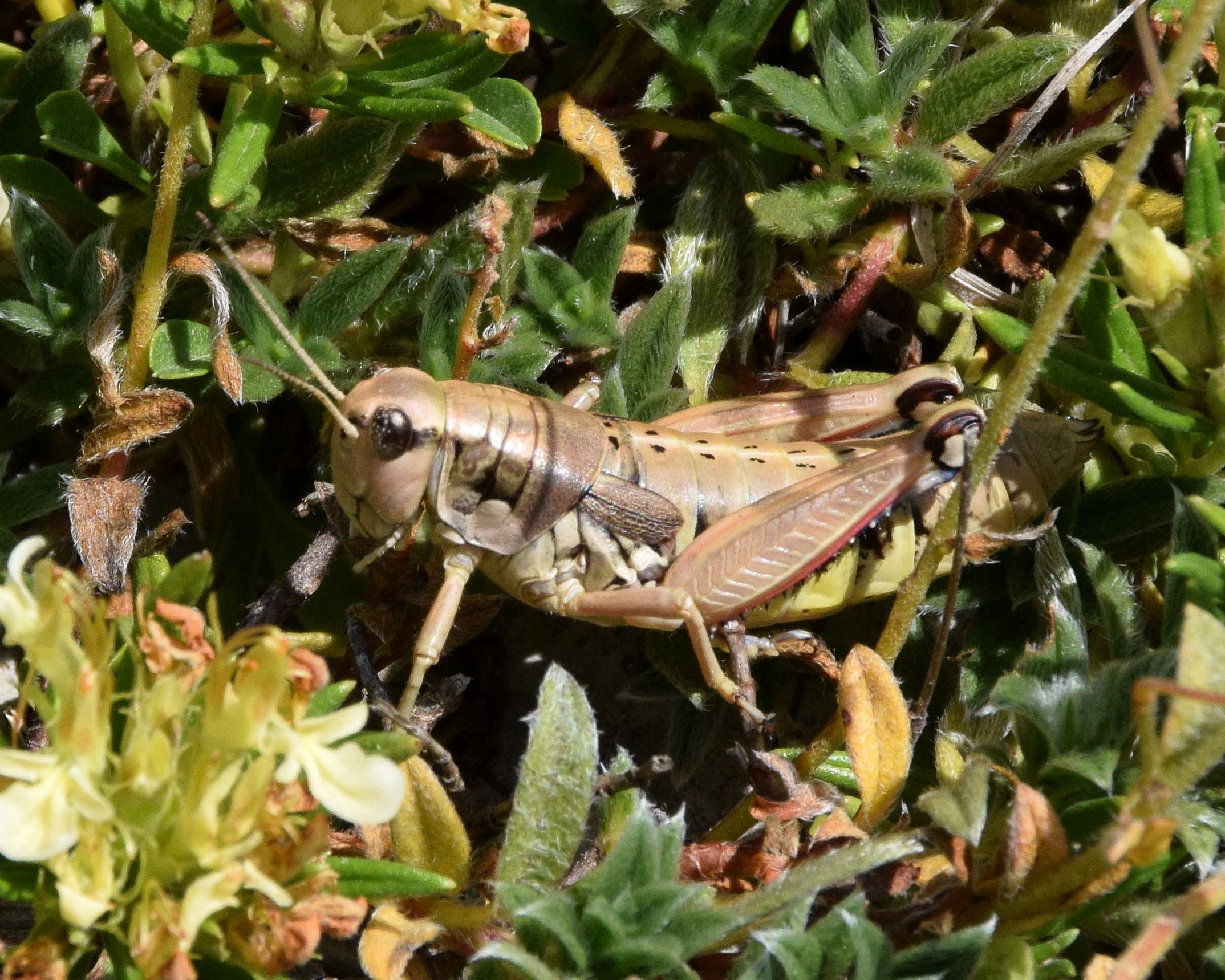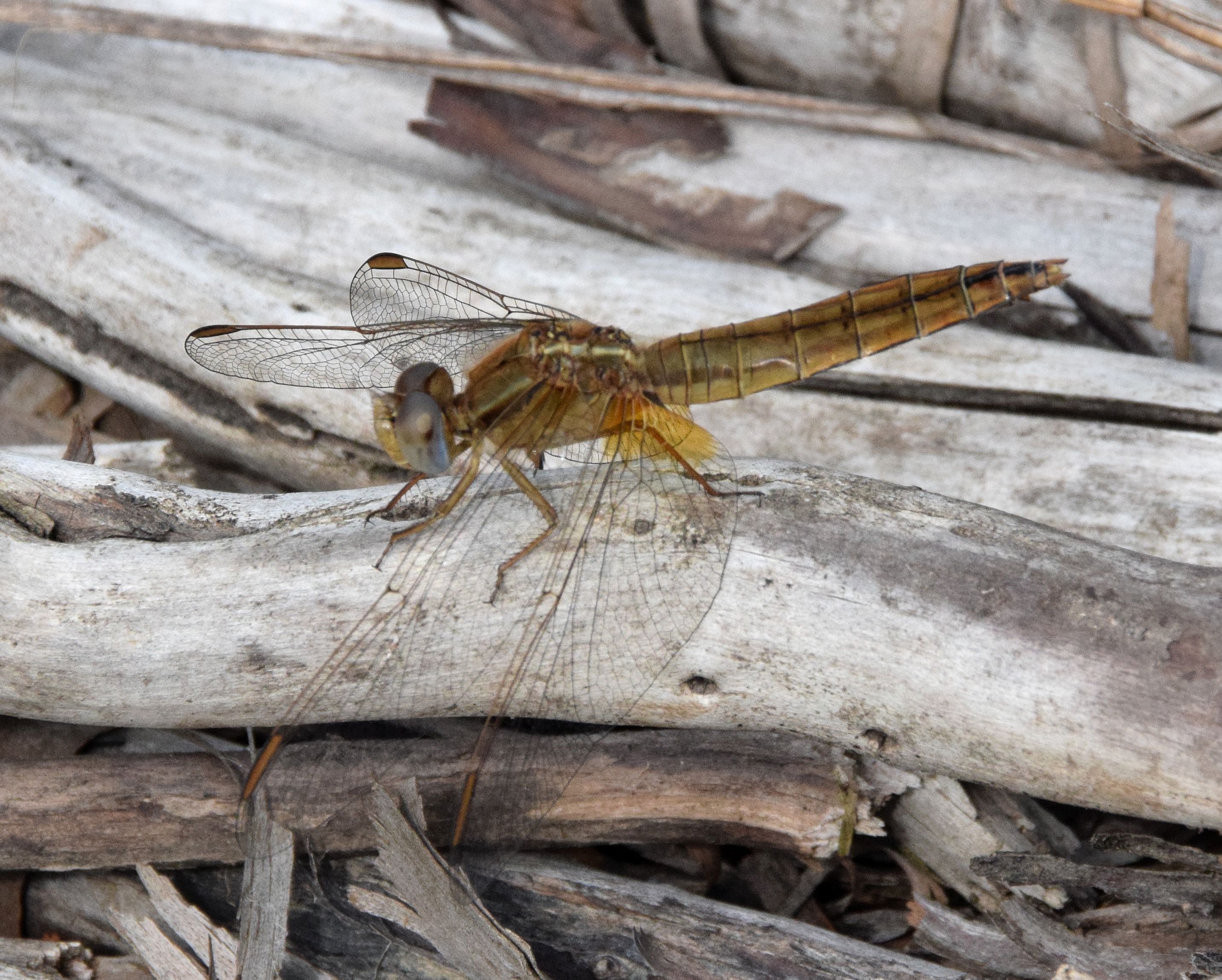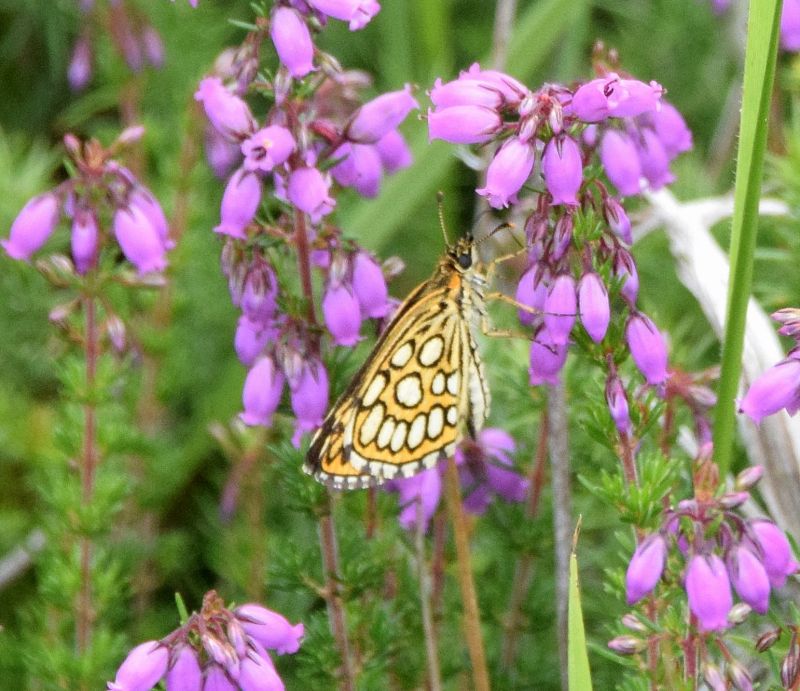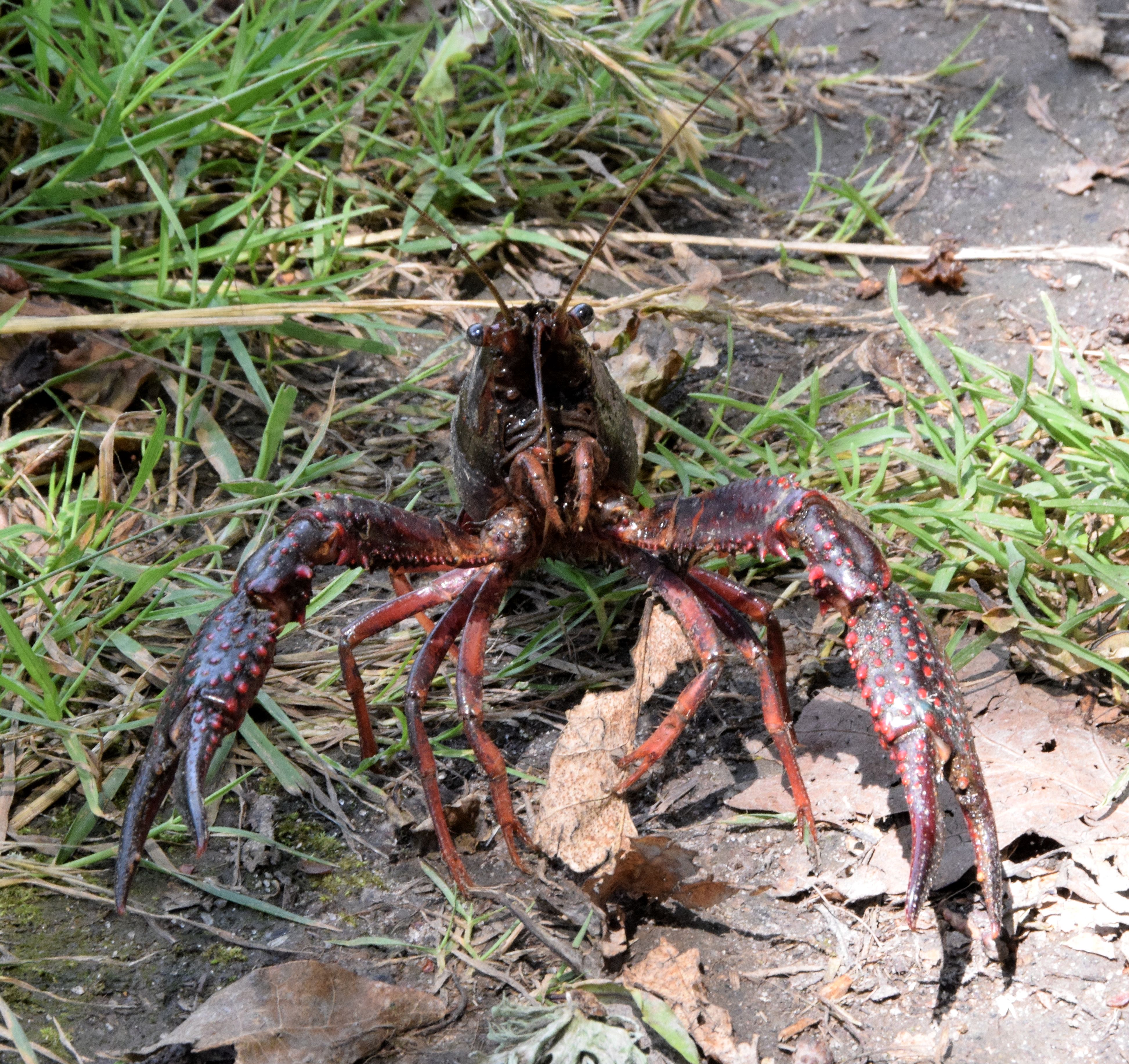Where stand-outs are concerned these two mushrooms certainly fit the bill. The first of them has been high on my wish list for some time, having seen records from Chilterns sites in each of the past two seasons but without being shown where to look for them. Then earlier in 2023 on visiting BBOWT’s Warburg Reserve (RG9 6BJ – SU721 878) for Orchids, the information boards and flyers for autumn fungus forays were both adorned with pictures of the must see. I switched attention to there this autumn from my usual mycology patch of Highmoor Common, that has been rendered vehicle unfriendly by the landowner, with converting the desired item at the top of my agenda.
In this fourth mushroom hunting season I am learning more than previously how much accurate identification relies on cutting specimens to see how they bruise, dropping chemicals on them, smell and other levels of detail that do not especially appeal – not to mention spore measurement and DNA sequencing. Hence my preference for more distinctive species like Verdigris Agaric (Stropharia aeruginosa). This is one of very few blue / green mushrooms (see here), as well as being scarce and highly localised within its British range. The quite striking item occurs in alkaline areas of humus-rich Beech woodland such as abound in the Chilterns.
On my second site visit (16th) the quest was indeed listed on the visitor centre sightings board, and I was told the precise location by the warden. It (pictured above) was a mid-cycle, bell-shaped specimen but lacking universal veil fragments, and the only one located so far on the reserve. Also known as Verdigris Roundhead, they usually occur in small groups amongst grass and leaf litter from July to October. The young caps are slimy and reach between 2.5 and 8cm when mature. As the fruiting cycle progresses they assume a more greenish tone than the initially so attractive blue.
Four days later on 20th Ewan visited and found six specimens in the same location, some of which he described as small. That suggested there would be more to enjoy here in the days ahead, and opportunities to capture and record the full fruiting cycle. I myself re-visited on 23rd, counting 11 mostly young and slimy subjects thrusting themselves up from the forest floor in a variety of shapes (pictured below). White scales adorn their caps initially before congregating around the rim, and the stems of some also display a rather fluffy character.





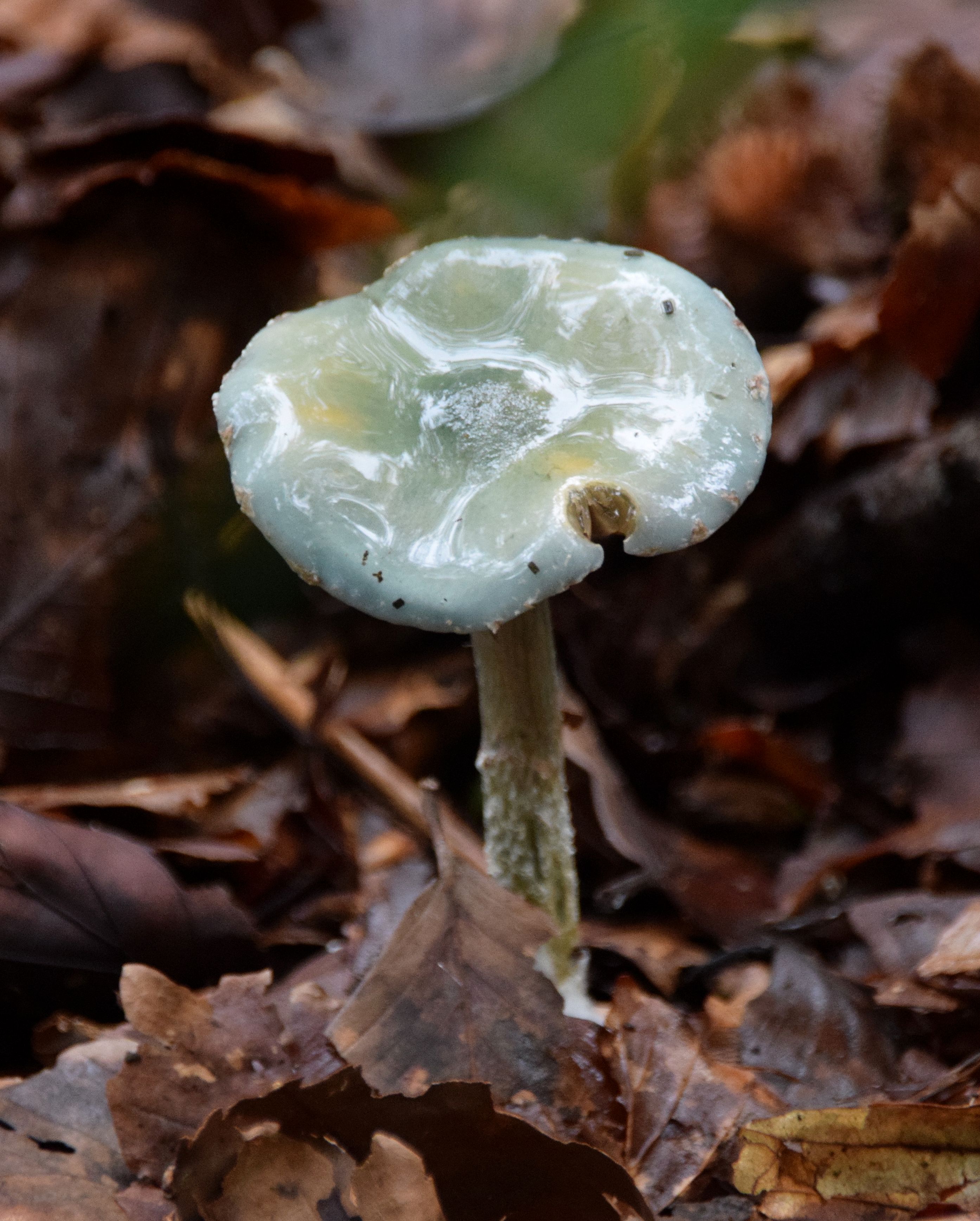
Young Verdigris Agarics
On this occasion I was engaged with by two volunteers who directed me to a large clump of Dog Stinkhorn (Mutinus caninus). That was welcome news as I was sent pictures of the exotic in each of the previous two seasons, but had yet to find any in the field. I had observed common Stinkhorn (Phallus impudicus) just twice in the past. Today’s variety (see here) is slimmer (1 – 1.5 cm) and less smelly. Either is an intriguing find, looking exactly like the turnip in Blackadder III as they do.
These “thingies” are short-lived and very fragile, soon going over and rarely seen for more than a few days. Most of this clump had already collapsed. The honeycombed tips of the newly emerged fruit bodies are covered in sticky, foul-smelling, olive-black slime or gleba to attract and then coat pollinating insects. As flies move between different Stinkhorns so spore dispersal is achieved, then the tips of the white stems dry to reveal the orange base colour. Those 8 – 15cm “stipes”, with the texture and appearance of expanded polystyrene, are barely strong enough to support the fruit in the first place and soon disintegrate.
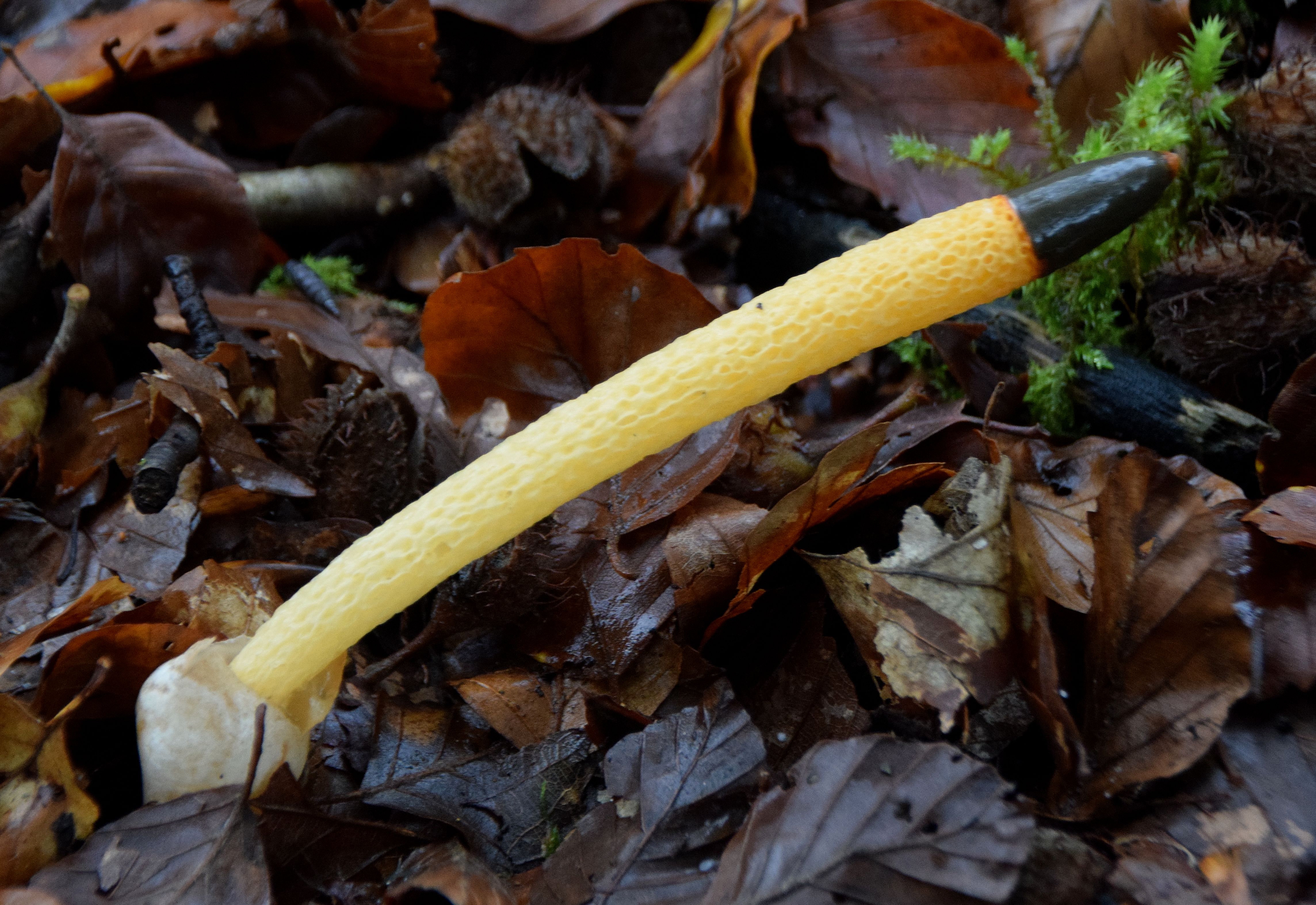

Prime Dog Stinkhorns (composed with camera angles for maximum suggestiveness)



In clearing the ground around the best specimens to take these pictures I became aware of how they erupt from partly buried egg-like balls, just like the Devils Fingers stinkhorns (see here) I observed in Sussex a year ago. The first Dog Stinkhorn in the above sequence is in it’s prime. I counted no more than five black-tipped subjects in all, while many more broken and fallen orange-tipped items (below) littered the area all around. This uncommon fungus is less widely distributed than the larger Stinkhorn, more often occurring in coniferous forests but also at sites around the Chilterns AONB.

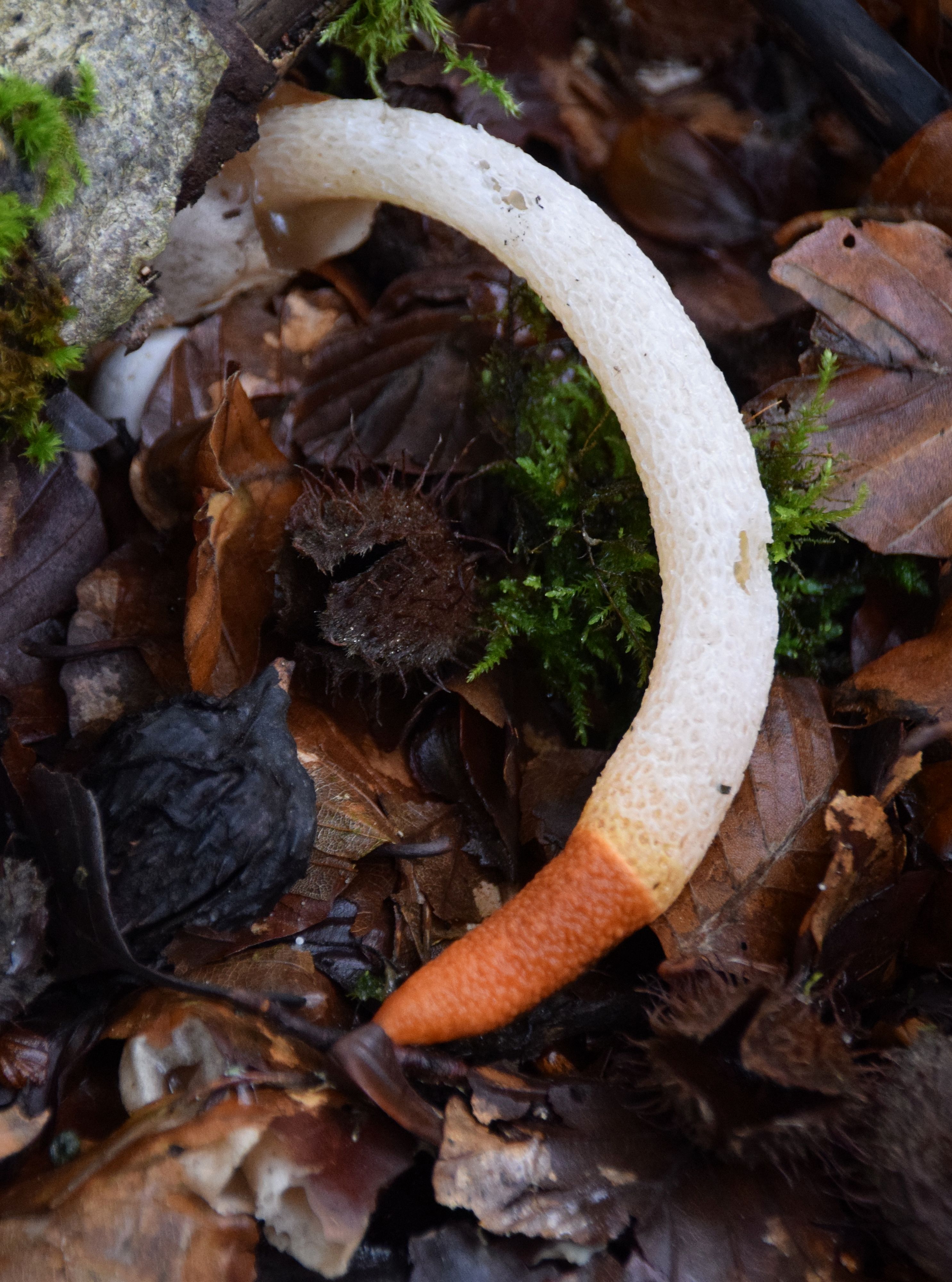

Droopy Dog Stinkhorns (above) after pollination and spore dispersal
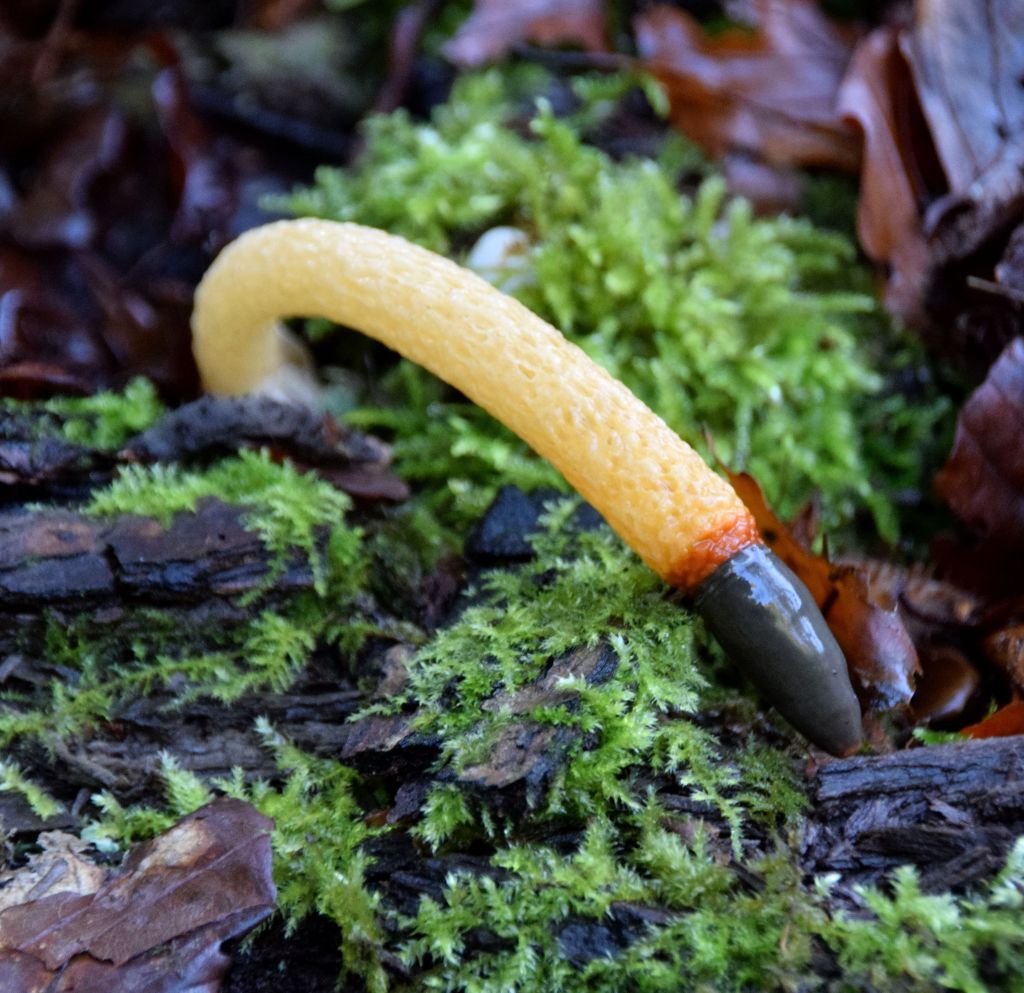
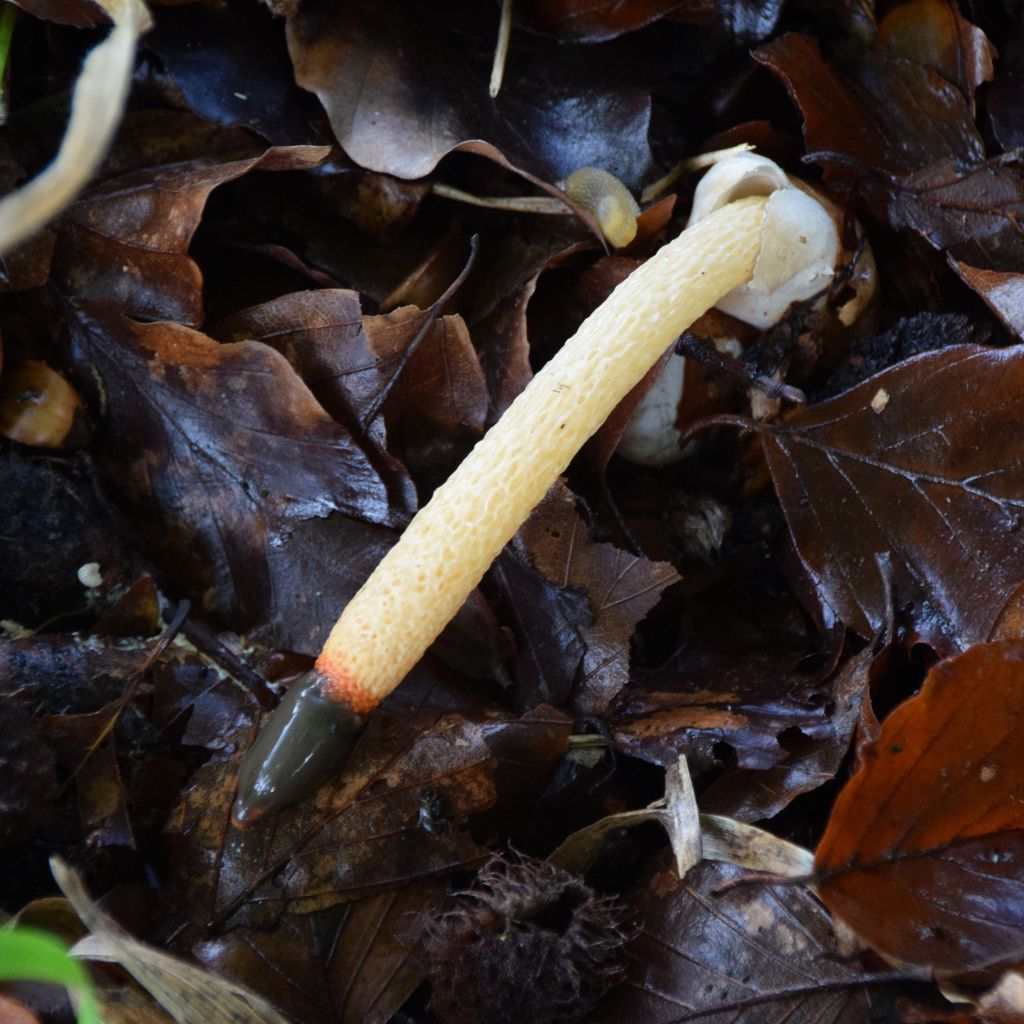
It remained to capture and record the later stages of Verdigris Agaric’s fruiting cycle, when like so many mushrooms the caps flatten then turn upward. As the slime dries and the universal veil fragments are lost the ageing items become greyer and pale tan from the centre outwards, while the initially grey gills turn purple-brown. Hence I returned three days later on 26th in company with Ewan and we soon found what I sought. The following image conveys perfectly what is described above.
The next sequence illustrates the complete ageing process of this intriguing fungus. There had been heavy overnight rain between the two visits, so the consequent mix of water and the mushroom’s natural slime served to give these and several other specimens we found today a luxuriant quality. We also located Dog Stinkhorns in a second area and a range of other fascinating and uncommon fungi. In all more than 900 species have been recorded over the years at the BBOWT Warburg Reserve.
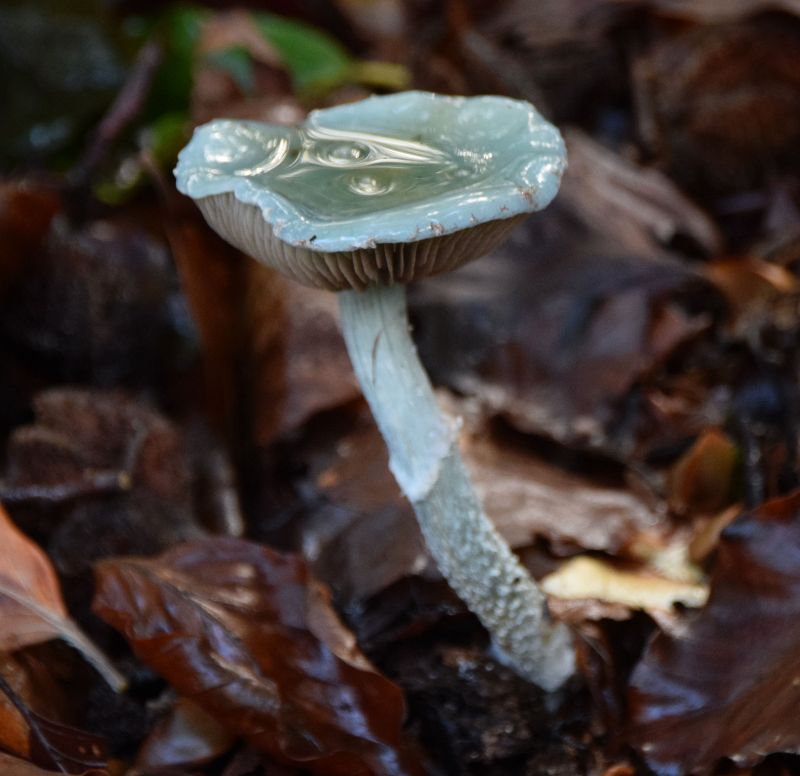
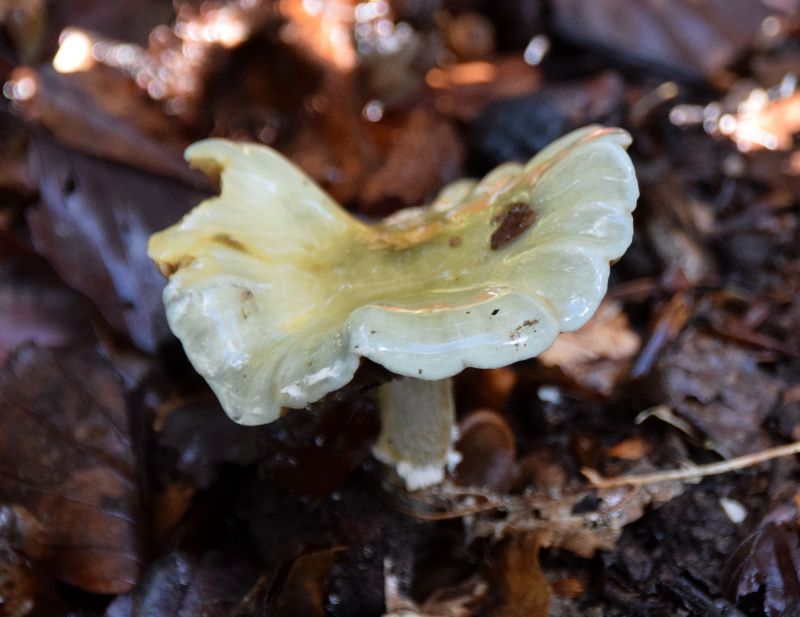
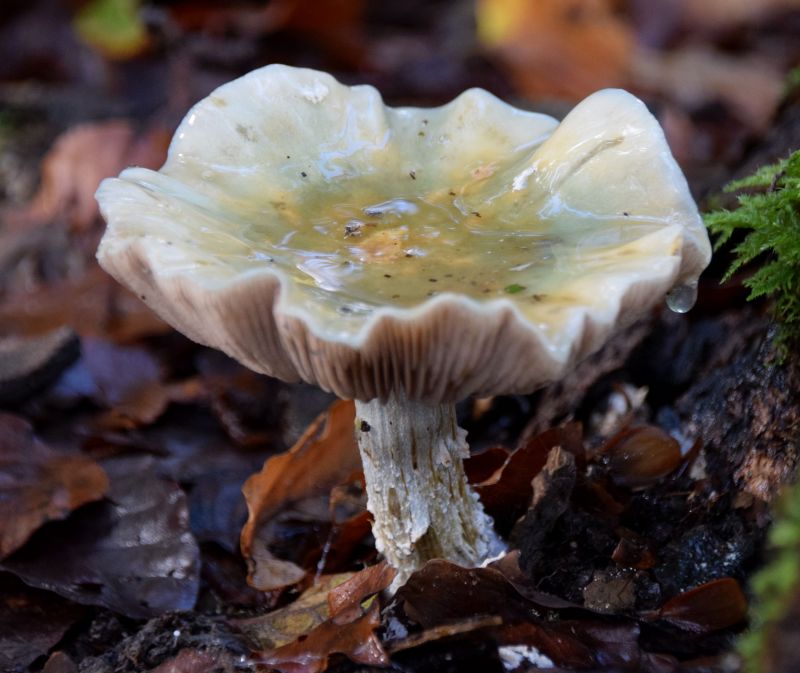
Walking around we discussed what a totally absorbing pastime mushroom hunting can be, as well as peaceful and relaxing. There is none of the anxiety of birding since they don’t fly off, neither do they only come out when the sun shines like butterflies and dragonflies. And very importantly there is little of the social media generated crowd hysteria that surrounds so much wildlife watching these days. On the down side everything else has a nibble at mushrooms as soon as they appear, so they quickly deteriorate and commercial foraging is an issue at well known sites such as this post’s. The 11 days recounted above have been very rewarding.








